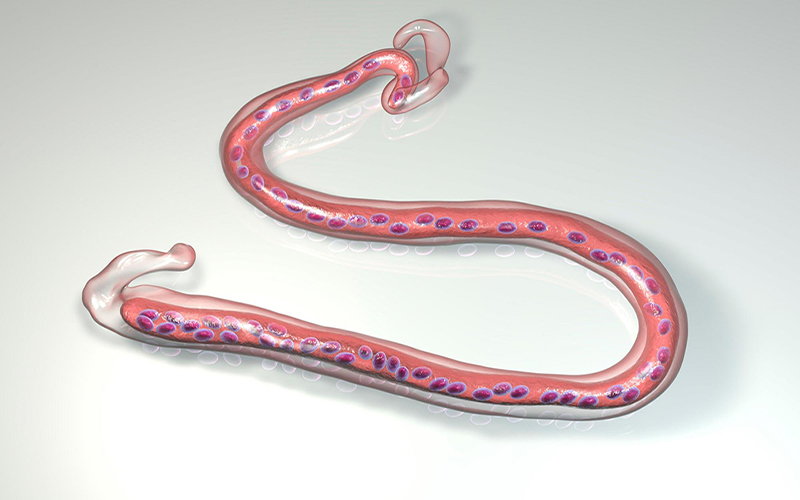Filariasis, commonly known as lymphatic filariasis, is a neglected tropical ailment triggered by parasitic worms, primarily Wuchereria bancrofti, Brugia malayi and Brugia timori. As per the World Health Organization (WHO), approximately 120 million people worldwide, particularly those in tropical and subtropical regions, are afflicted. The disease poses significant health risks, leading to severe complications such as lymphedema and hydrocele, resulting in lifelong disability, stigma and economic burden for affected individuals and communities.
Filariasis is transmitted through the bites of infected mosquitoes, which carry the larvae of the filarial worms. Once inside the human body, the larvae migrate to the lymphatic system, where they mature into adult worms. Symptoms may not appear until years later, with many individuals remaining asymptomatic during the initial infection. Common symptoms include swelling of limbs (lymphedema), thickening of the skin and in men, swelling of the scrotum (hydrocele). These manifestations severely impact quality of life, leading to physical limitations and psychological distress.
Detection of filariasis typically involves serological tests to identify specific antibodies or antigens associated with the infection. The most common diagnostic methods include the detection of microfilariae in blood samples via microscopy and more sensitive tests like polymerase chain reaction (PCR). Recently, novel biomarkers are being researched to improve diagnostic accuracy.
Prevention strategies focus on interrupting transmission and include the use of insecticide-treated nets, mass drug administration (MDA) of antifilarial medications in endemic areas and community awareness programs. These initiatives aim to reduce the incidence of new infections and alleviate the burden on affected populations.
Filariasis remains a significant public health challenge, especially in low-resource settings. Increased awareness, improved diagnostic methods and effective prevention strategies are crucial to combat this disease. Addressing filariasis serves to enhance the quality of life for millions and brings us closer to eliminating this debilitating condition worldwide.
